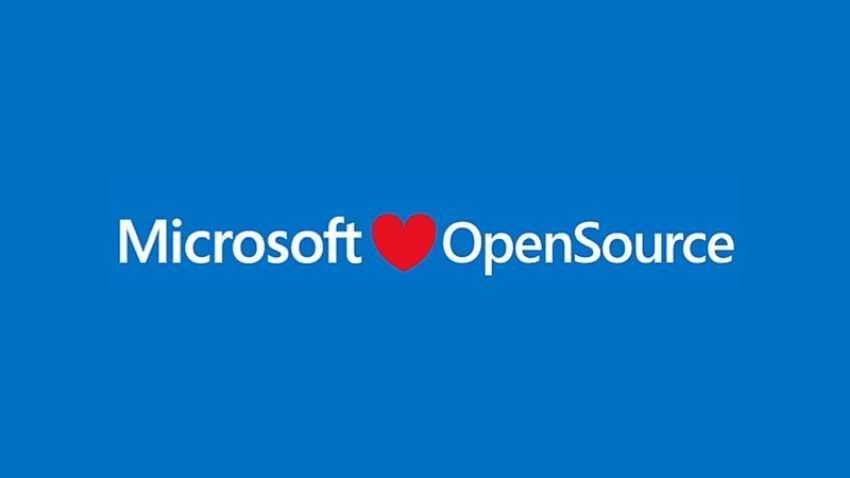Microsoft does not just use the open source code, but it is reportedly using the Git version control system (GIT) to create Windows. The software development prototype now depends on open source to create the Windows operating system! Who could think of it?
You may not have noticed it, but 2013, Microsoft announced the roadmap for the procase υποστήριξης του Git στη σουίτα των εργαλείων ανάπτυξης του Visual Studio και στις τεχνολογίες διαχείρισης εφαρμογών του Team Foundation.
Later that same year, Microsoft's technical team and Team Foundation chief Brian Harry announced that Microsoft will now support Git as a source-code-control platform.
The idea did not like everyone in Microsoft, but as he said Brian Harry then on his blog, "the more we looked at it, the more it seemed right."
In the years gone by, Microsoft made its own significant open-source contributions to Git. 2017 came to Microsoft Git Virtual File System (GVFS) with open resources, and MIT licensed. The GVFS allowed Microsoft product groups to upgrade their Git client to access huge open source repos.
Since then, Microsoft has begun to transfer all Windows code to Git and GVFS. The project seems to have been implemented to a great extent and Microsoft seems to enjoy the benefits of the open source concept with its creation the largest Git repo on the planet.
Brian Harry says: "Over the last 3 months, we have largely completed the development of Git / GVFS in the Microsoft Windows team. It was not a small job.
The base of the Windows code is about 3.5M files and, when connected to a Git repo, results in a repo of up to 300GB. ”
These were just the files.
"The Windows team is about 4.000 engineers and the engineering system produces 1.760 daily" lab builds "in 440 branches in addition to the thousands of validation builds pull requests."
Harry admitted that this was a terrifying experience:
“The first and biggest jump happened on March 22nd when we started with the 2.000 Windows OneCore engineer team. Those 2.000 engineers worked at the Source Depot on Friday, went home for the weekend, and came back Monday morning to work on Git. Team members were holding their breath all weekend, praying that one wouldn't show up problem on Monday."
"To my great surprise, it went very well and the engineers were productive from day one."
Today, almost all Windows developers are working on Git. In the coming months, the latest 500 developers will be moved to the Git platform.
Let's look at some numbers:
There are over 250.000 Git commits in the record of the repo, in the last 4 months.
8,421 pushes the day (on average)
2.500 pull requests, with 6.600 reviewers per business day (on average)
4.352 active topics
1,760 official builds the day
Microsoft continues to coordinate GVFS for remote use.
Impressed? Microsoft is definitely using GVFS for this. GVFS is an open source project and you can try it. All you need to do is download and install it. Then you can create one account Visual Studio Team Services with a Git repo and you're good to go. Other Git programs include Atlassian SourceTree and Git Tower.
Ironically, there is currently no Linux Git client that supports GVFS. Saeed Noursalehi, Microsoft's programmer, wrote in the GVFS bug list: "Yes, we definitely want to support Mac and Linux, and we're looking for people with file system experience for these platforms."
The creator of Linux and Git, Linus Torvalds once said:
"If Microsoft ever makes applications for Linux, that means I won."
I think that since Microsoft uses Git to develop Windows, the event can be seen as a win.





